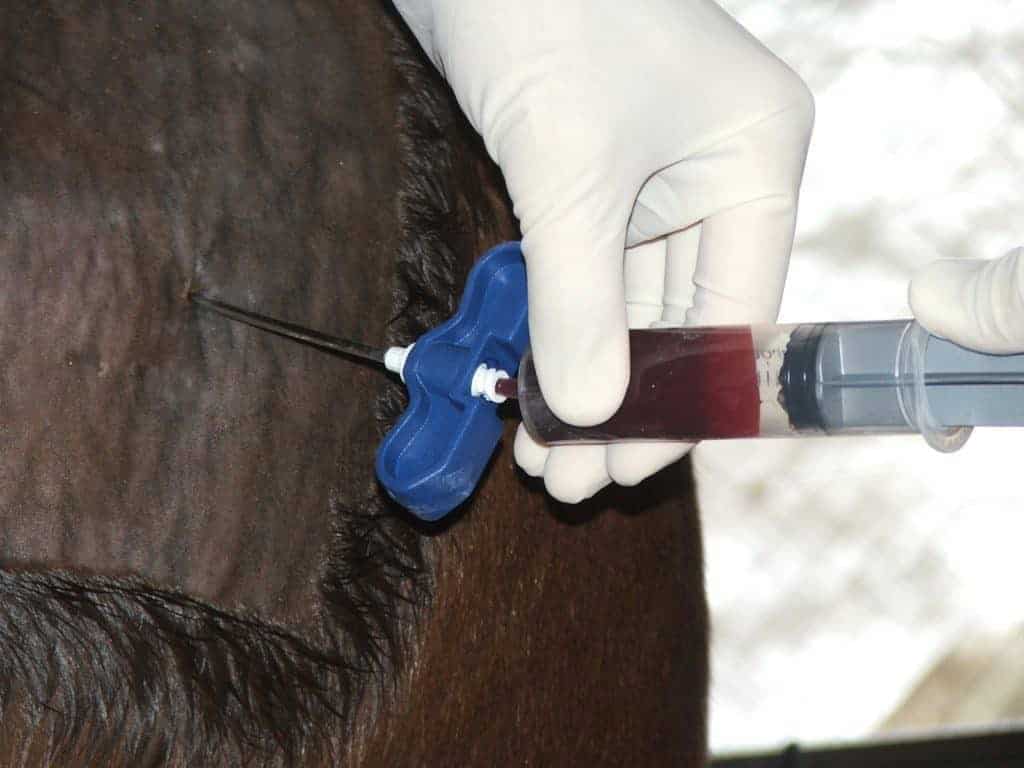
Common Nutrient Deficiencies in Horses
Find out if your horse could be at risk of suffering subtle but serious vitamin and mineral imbalances.

Find out if your horse could be at risk of suffering subtle but serious vitamin and mineral imbalances.

Researchers found that corticosteroid elimination varies depending on the dose used and the number of joints treated.

Ultrasound is a useful method for diagnosing carpal sheath effusion, which is often associated with soft tissue damage.

A correct diet can make these sometimes-debilitating conditions manageable.

Researchers say MRI might be useful as a screening test to identify racehorses at increased risk of fetlock fracture.

Equine athletes often require supportive care for their musculoskeletal systems, and stem cells can fill that need.

Consider this under-recognized issue before deciding which limb is the primary lameness source.

Researchers examined the loading rates on a hoof of a galloping horse wearing different aluminum racing shoes.

Learn how one veterinarian chooses cases and uses mesenchymal stem cells (MSCs) to treat horses with joint injuries.

Review the options vets have for looking inside horses’ bodies to see what’s causing a limp, swelling, or pain.

Learn about the challenges associated with interpreting perineural nerve blocks used to help diagnose lameness.

SI disease in performance horses has many clinical signs and causes, making diagnosis challenging for veterinarians. Here’s a checklist to help.

A rupture to this hind leg muscle can be fatal. Here’s what to watch for in young foals.

Researchers determined that the overall incidence of infection was 9.2 per 10,000 injections.

Researchers found poor agreement among less experienced vets and moderate agreement between more experienced ones.
Study topics include laminitis, foal pneumonia, stem cells, endometritis, joint issues, insulin resistance, and more.
Stay on top of the most recent Horse Health news with
"*" indicates required fields